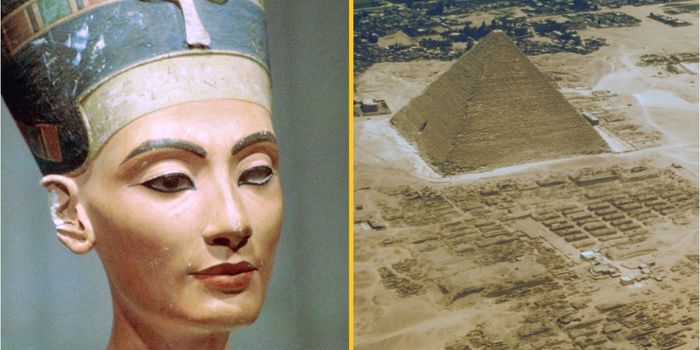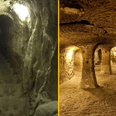Queen Nefertiti’s legendary beauty could finally be revealed
Archaeologists believe they have finally located the long-lost tomb of one of Queen Nefertiti, one ancient Egypt’s most famous rulers.
Leading Egyptologist Zahi Hawass has revealed that scientists have had a major breakthrough after discovering two mummies lying in the Valley of the Kings, Newsweek reports.
While archaeologists are still waiting on the DNA results, they believe they have obtained the remains of Queen Nefertiti and her daughter Ankhesenamun, who was married to Tutankhamun.
Hawass told Newsweek: “In October we will be able to announce the discovery of the mummy of Ankhesenamun, Tutankhamun’s wife, and her mother, Nefertiti.
“I am sure that I will reveal which of the two unnamed mummies could be Nefertiti.”
The mummies are reportedly from tombs KV21 and KV35, at the Valley of the Kings in Luxor.
If one of the mummies discovered does turn out to be Queen Nefertiti, researchers will conduct CT scans to reveal her true beauty.
The Egyptian queen has long been viewed as the embodiment of female beauty.
Hawass said that much of ancient Egypt is still completely unknown to us as archaeologists have “barely found 30 percent of everything that is underground.”
He added: “Modern Egypt is built on the Ancient. And that is why the heritage that remains hidden is immense.”

Queen Nefertiti reigned as queen from 1353–36 BCE, when Egypt was in its wealthiest era, according to the World History Encyclopaedia.
Before their rule, Egyptians followed a religion that practiced polytheism, meaning the belief in multiple gods.
Together, Nefertiti and her husband Pharaoh Akhenaten turned the nation to a monotheistic worshipping religion named Aten, which followed the beliefs and practices of a sun god.
But experts say that by dismissing the other gods in Egyptian religion, Akhenaten disrupted the nation’s established power structure in the capital Thebes between the pharaoh’s court and the head temple priests.
Once their son-in-law, Tutankhamun, rose to power, he rejected Aten and returned the country to polytheism.
This resulted in religious leaders destroying monotheist monuments created by Akhenaten and Nefertiti and abolished her name from records.
Historians have remained fascinated by the Egyptian queen for centuries though.
Michelle Moran, the author of Nefertiti, told the Guardian: “She was the Cleopatra of her time. Just as beautiful, just as wealthy, and just as powerful – if not more powerful.”
Moran said it was the famous bust of Nefertiti that has particularly captured the imagination of people more than 3,300 after her reign, explaining: “You see the graceful curve of her neck, her thinly arched brows, cheekbones so rigid they could cut you.
“She could be a supermodel today. The ideals of beauty haven’t changed.”
She continued: “She is compelling. You look into her face and you are arrested by beauty.”
The name Nefertiti translates as “the beautiful one has come” and measurements of the bust conform to the “golden ratio” of beauty, in which all features are perfectly in proportion.
Related links:
- People urged to write to man who killed Jeffrey Dahmer in prison and ‘provided true justice’
- Date when King Charles will appear on your cash has now been confirmed
- NASA slams spacecraft into asteroid in first-ever ‘earth-saving’ effort
RELATED ARTICLES






MORE FROM JOE
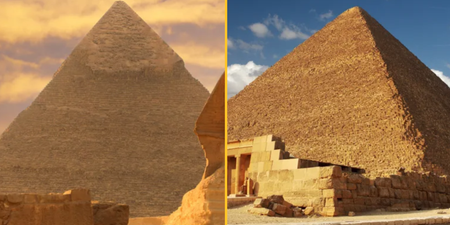
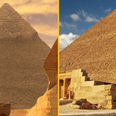
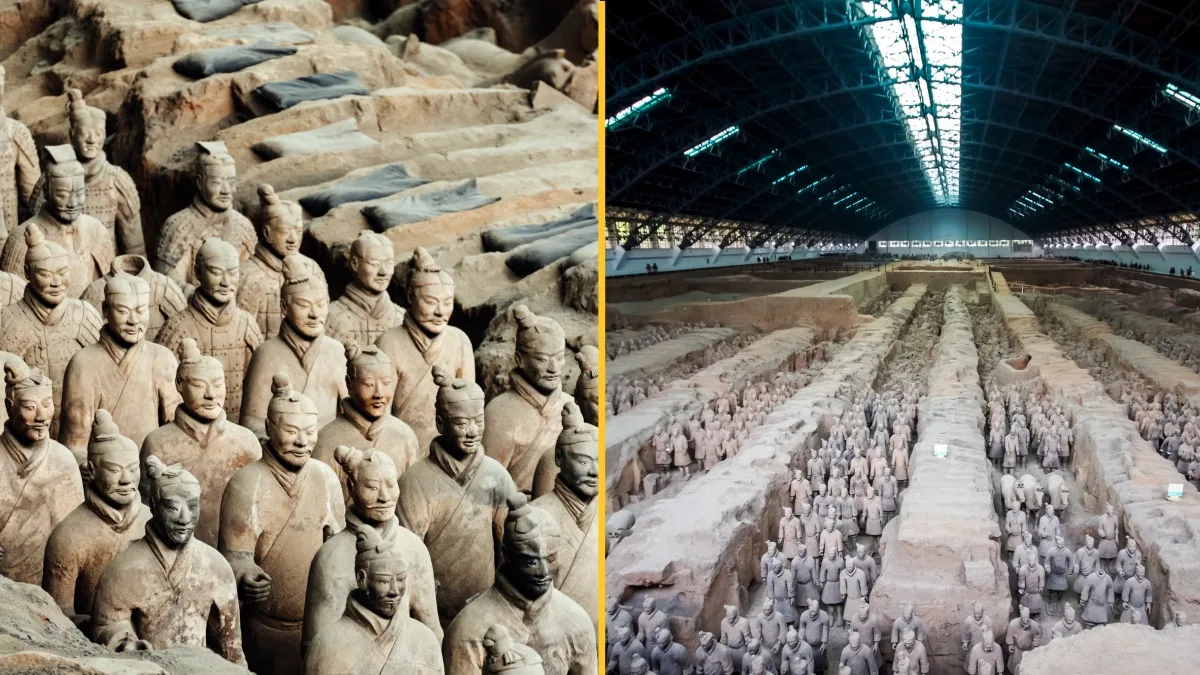
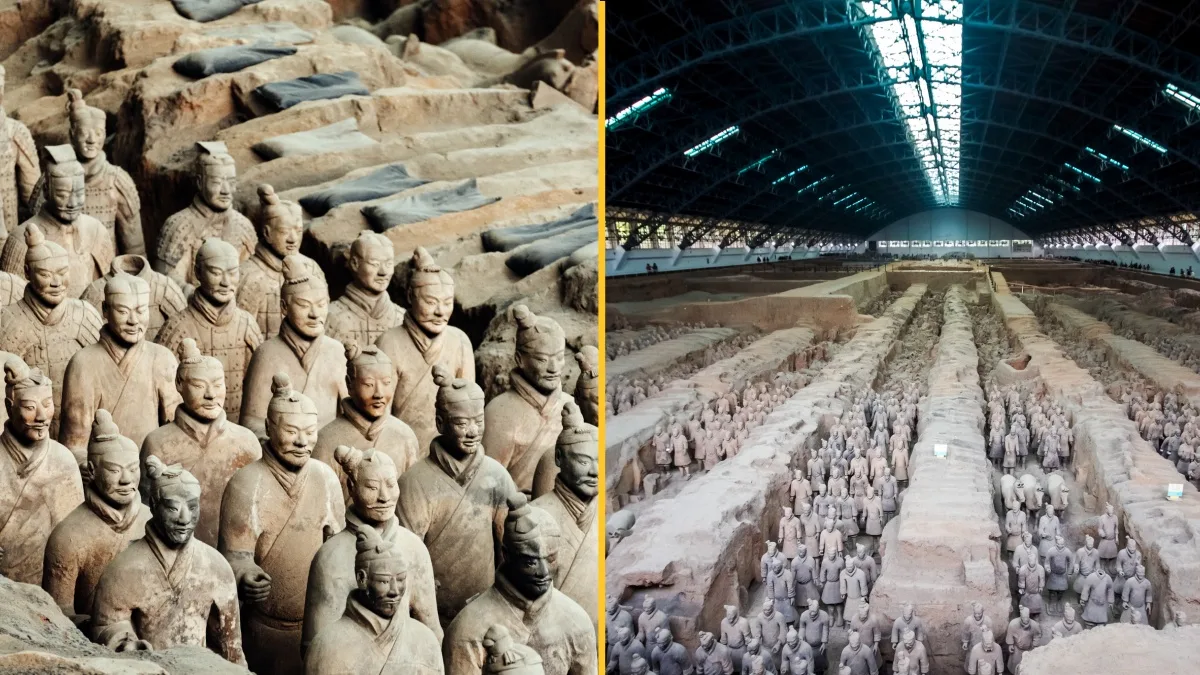






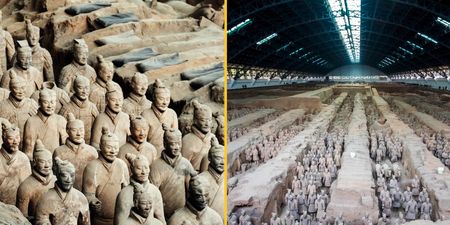
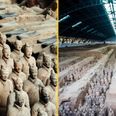












MORE FROM JOE












